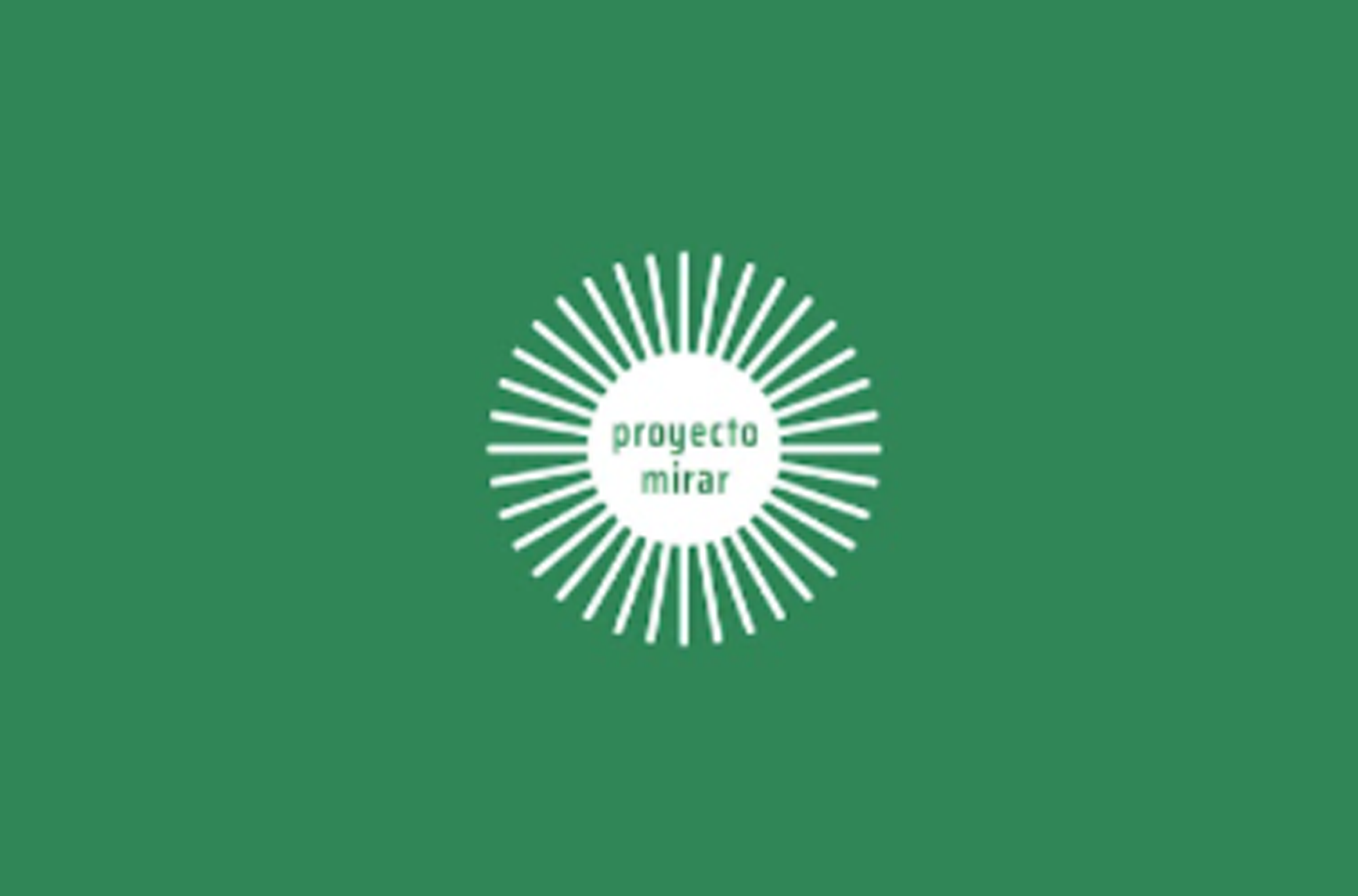
Reported with joy! by Proyecto Mirar (in Spanish)
Clear inequalities between provinces and growing access to misoprostol are among the conclusions from ‘Project Mirar’ (Looking forward) – an initiative to monitor abortion access one year after Argentina legalised abortion.
One year after Argentina legalized abortion, access in hospitals and health centers has improved in comparison to 2020 but clear inequalities remain between provinces. Project Mirar has created an ‘abortion access tracking system’ that is monitoring the implementation of the new abortion law, which recognises the right to terminate a pregnancy up to 14 weeks, without exception, and from 15 weeks in cases on certain grounds. It uses quantitative indicators and information gathered from key stakeholders involved in advocacy, policy, and abortion provision.
Abortion rate and total abortions
The researchers found inequalities between provinces in almost all the indicators analysed. In the first six months of 2021 the national abortion rate per 1,000 women was 3.1 while it was 5.6 in Buenos Aires, 4.3 in Tierra del Fuego and in the provinces of Chaco and Formosa(two provinces with historically higher incidences of poverty) it was substantially lower (0.9 and 0.6, respectively).
During the first half of 2021, there were a total of 25,894 abortions through the public health services. In that same period, more than 5,600 had abortions accompanied by the Socorristas. Six of every 10 of the individuals accompanied by them were 18–28 years old, and 4% were adolescents.
Access to information and supplies
We analysed official data such as the number of calls to a free and confidential sexual and reproductive health hotline administered by the national Ministry of Health. This hotline provides information to callers on where they can access abortion and, when necessary, provides follow-up and coordinates with provincial health officials to facilitate access in local health centers.
Between January and June 2021, there were 10,529 calls to the hotline which needed additional follow-up, and although not all of them ended in an abortion, a high percentage were resolved, i.e. callers received referrals or the answers they needed. Because there was not a significant increase in the number of calls or follow-up activities during those first six months, it is possible that this resource was not sufficiently publicised in a way that would increase its use. The report emphasises the importance of distributing more information about the law so that everyone knows where to go to access safe abortion services.
Another important finding was that the quantity of misoprostol distributed to health centers in the first half of 2021 was almost equal to the quantity distributed in all of 2020: 18,820 compared to 18,590 units respectively.
The first year: stakeholder perspectives
Project Mirar researchers also interviewed key stakeholders, individuals responsible for the administration and provision of abortion services, about their perspectives on the implementation of the law. They confirmed that the success of the first year of the law was due to the advocacy, political experiences, and abortion provision that had been built and was already a growing force prior to the law. This, coupled with the visibility of the topic due to the two Congressional debates about the law, in 2018 and 2020, created positive conditions for the law’s implementation in this first year.
They also suggested improvements such as additional training of health professionals in safe abortion methods, and a focus on treating patients with dignity and respect. In the realm of public policy, stakeholders highlighted the importance of improving communications about the law in all provinces and being able to work with policymakers to overcome barriers that impacted people’s rights to decide about their own bodies.
Court decisions regarding the law
The current legal framework aims to provide clear guidelines for health professionals and public health officials, in recognition of people’s rights. The framework includes the law itself, an administrative rule outlining the regulations for implementation, and the national protocol for abortion services.
However, each province could also enact their own guidelines, some of which were more controversial, such as guidelines on conscientious objection and lists where health professionals who are conscientious objectors must register. Currently, in addition to the national protocol, eight provinces have created their own guidelines.
Since the passage of the law, 36 lawsuits have been filed alleging the law is unconstitutional, the majority of which have already been rejected. At the same time, some cases have been proceeding through the courts whose focus is on ensuring that the law is fully implemented and demanding accountability from health professionals who are preventing access to legal abortion or violating the rights to privacy that people seeking abortion are accorded under the law.
Project Mirar will continue monitoring the implementation of the law and facilitating discussions with health professionals and administrators, legal scholars, and policymakers. This work is intended to provide crucial information for decision-makers to advance sexual and reproductive rights and access to abortion throughout the country and the region.
Project Mirar is a collaborative initiative of the Centro de Estudios del Estado y Sociedad (CEDES) and Ibis Reproductive Health – researchers gathered data and testimonies about the implementation of Law 27.610 in Argentina, which was passed one year ago and legalised abortion up to 14 weeks.



